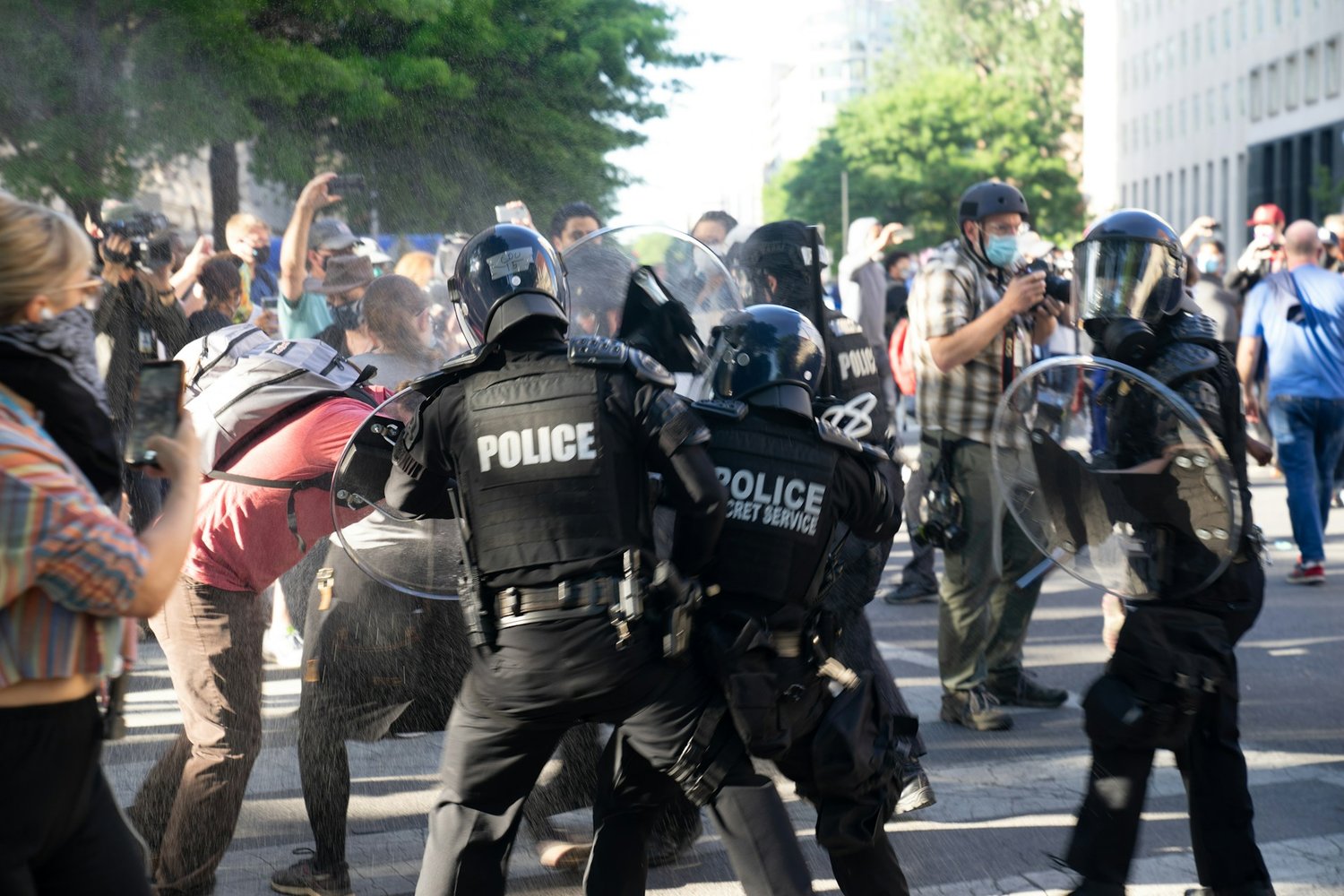Public order crimes, also known as victimless crimes, involve acts that do not directly harm the person or property of another, but are considered to harm the community or society in general. These can include drug use, prostitution, public drunkenness, and gambling, among others. The arguments for and against the criminalisation of public order crimes are deeply rooted in differing views on morality, individual freedom, public health, and the role of government.
Arguments for Criminalising Public Order Crimes
Protection of social norms and morality: Proponents argue that public order laws are necessary to uphold societal norms and moral standards. They believe that certain behaviours, if left unchecked, can erode the moral fabric of society.
Prevention of harm to society: Even if these crimes do not harm individuals directly, it's argued they have indirect negative effects on society, such as increased healthcare costs, reduced quality of life in neighbourhoods, and higher rates of more serious crimes.
Maintenance of public order and safety: Public order crimes can lead to disorder and make public spaces feel unsafe or unwelcoming to the general population. Laws against such behaviours are seen as essential for maintaining public safety and order.
Protecting the vulnerable: Some argue that crimes like drug use and prostitution often involve exploitation of vulnerable populations. Criminalisation is seen as a way to protect these individuals from exploitation and harm.
Arguments against Criminalising Public Order Crimes
Individual freedom and autonomy: Critics argue that adults should have the right to make their own choices about personal behaviour, as long as they do not harm others. Criminalising victimless acts infringes on personal freedoms.
Ineffectiveness and unintended consequences: There is evidence to suggest that criminalising these behaviours does not reduce their occurrence and can lead to unintended negative consequences, such as the creation of black markets, increased violence, and the overburdening of the criminal justice system.
Disproportionate impact on marginalised groups: Enforcement of public order laws often disproportionately affects marginalised communities, including people of colour, the homeless, and low-income populations, leading to accusations of discrimination and exacerbation of social inequalities.
Cost and resource allocation: Enforcing laws against public order crimes requires significant public resources that critics argue could be better spent on prevention, treatment, and addressing the root causes of problematic behaviour (such as poverty, lack of education, and substance abuse issues).
Potential for better alternatives: Opponents of criminalisation advocate for alternative approaches, such as decriminalisation, regulation, and harm reduction strategies. They argue these can more effectively address the issues associated with public order crimes while minimising negative societal impacts.
The debate over public order crimes is complex and involves balancing individual rights against the perceived needs and well-being of society. The most effective approach likely varies by context and requires considering the specific nature of each behaviour, the goals of society, and the potential impacts of different policies.
Check out our exam-focused Public Law notes now.

































